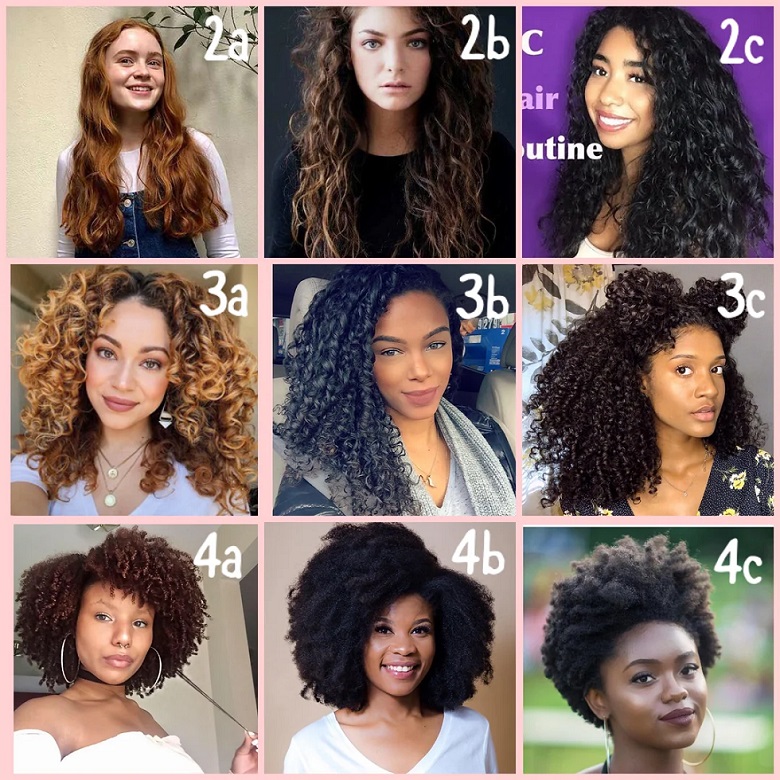Is Your Hair Type LYING To You? (Shocking Truth Revealed)
Understanding the Basics
- Hair Type Chart: A visual guide that categorizes hair based on curl pattern and texture.
- Curl Pattern: The shape of your hair strands (straight, wavy, curly, coily).
- Texture: The thickness of individual hair strands (fine, medium, coarse).

The Four Main Hair Types
Type 1: Straight: This hair type ranges from 1A (fine and thin) to 1B (medium thickness) to 1C (coarse and thick).
Type 2: Wavy: Wavy hair is classified as 2A (loose waves), 2B (more defined waves), or 2C (strong waves or loose curls).
Type 3: Curly: Curly hair includes 3A (loose curls), 3B (medium curls), and 3C (tight curls).
Type 4: Coily: Coily hair types include 4A (tight coils), 4B (Z-shaped coils), and 4C (very tight coils).
Hair Characteristics
Type 1 (Straight):
Fine and thin, often prone to oiliness, lacks volume. Think of it as silky and straight. Medium thickness, generally holds styles well, can have some slight wave. The most common straight hair type. Coarse and thick, can be prone to frizz, may have a slight bend. Strongest of the straight hair types.
Type 2 (Wavy):
Loose, barely-there waves, often easily straightened. Beachy waves are a good example. More defined S-shaped waves, prone to frizz, can be styled to be curlier or straighter. Strong waves or loose curls, can be thick and prone to frizz, often confused with curly hair.
Type 3 (Curly):
Loose, spiral curls, can be prone to dryness and frizz, easily defined with the right products. Medium, springy curls, can be prone to dryness, needs moisture to maintain definition. Tight, corkscrew curls, lots of volume, prone to dryness and shrinkage.
Type 4 (Coily):
Tight coils, can be fine or coarse, prone to dryness and breakage. Z-shaped coils, can be prone to dryness and breakage, needs moisture and protective styling. Very tight, densely packed coils, significant shrinkage, requires specialized care and moisture.

Why Knowing Your Hair Type Matters
- Product Selection: Use products formulated for your specific hair type.
- Styling Techniques: Choose styles that work best with your hair's natural pattern.
- Hair Care Routine: Tailor your routine to address your hair's unique needs.
Tips for Using a Hair Type Chart
- Start with Clean Hair: Wash and air-dry your hair without products.
- Observe Your Natural Texture: See how your hair falls and curls.
- Consider Multiple Factors: Curl pattern, texture, porosity, and density all play a role.
- Don't Get Too Hung Up on Labels: Hair types can overlap, and that's perfectly normal.
Remember: A hair type chart is a helpful tool, but it's also important to embrace your unique hair and find what works best for you. WhatsApp-Live Chat
